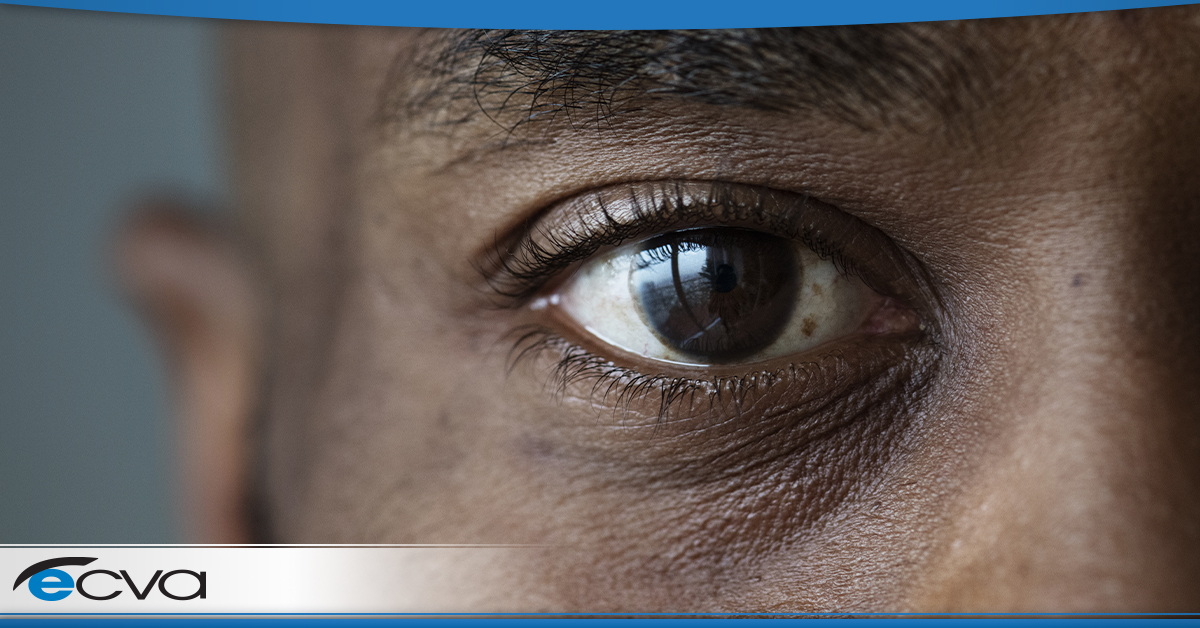As a child grows, their eyes and vision can change. While parents may hope that their child would let them know if they are having trouble seeing, many kids have difficulty identifying shifts in their visual acuity as a problem, even if it’s causing them hardship. As a result, they might not know to speak up about what they’re experiencing, leading the vision problem to remain untreated.
However, that doesn’t mean parents can’t spot vision changes in their children. If you’re wondering how, here are some hidden signs of vision problems in kids.
Shortening Attention Span
If it seems like your child is losing interest in activities faster than usual, that could be a sign of a vision change. When a kid is struggling to see clearly, they may choose to walk away from an activity that’s become difficult because of their vision problem.
Skipping Up Close Activities
In some cases, children will try to avoid activities that strain their vision. If your kid is suddenly trying to skip out on up-close activities that they once enjoyed, like reading or drawing, that could be a sign of a vision problem.
Changing Interest or Performance in Sports
Many sports require participants to visually track objects, including some that move at high speeds and travel great distances. If a child has a vision change, that may become increasingly difficult, causing either their interest in the sport to fall or their performance to decline.
Losing Track of Their Place When Reading
When a child’s vision changes, they may struggle to read. Usually, vision problems can make tracking where they are on a page harder. As they lose their place, they may repeat sections they’ve already covered or skip ahead by mistake.
Turning Their Head When Looking at Something
If your child starts turning their head to the side when they look at something positioned in front of them, that may be a sign of a vision change. Refractive issues like astigmatism may cause a kid to shift their head’s position in an attempt to see more clearly.
Falling Grades or Behavioral Problems at School
When a child is having trouble seeing, staying focused in the classroom isn’t easy. Since school work tends to rely heavily on clear vision, children with vision problems may struggle to complete their assignments, causing their grades to fall. Additionally, they might become frustrated, increasing the odds that they’ll lash out during class.
What to Do If You Spot a Sign of a Vision Change in Your Child
Like adults, children should get regular eye exams. By regularly seeing your eye doctor, they can identify potential issues early, increasing the odds that they’ll be treated or corrected before they become problematic.
However, even if your child has been to their regular appointments, if you believe you’ve seen a sign of a vision problem in your child, schedule a visit with your eye doctor immediately. A child’s vision can change fast, so it’s wise to have the situation checked at the earliest sign of trouble.
Helping Your Child See More Clearly is our Goal
At ECVA, our staff works diligently to care for the eye health of our patients. If your child hasn’t had an eye exam recently, schedule an appointment with a Buffalo pediatric ophthalmologist at your closest ECVA clinic today.









